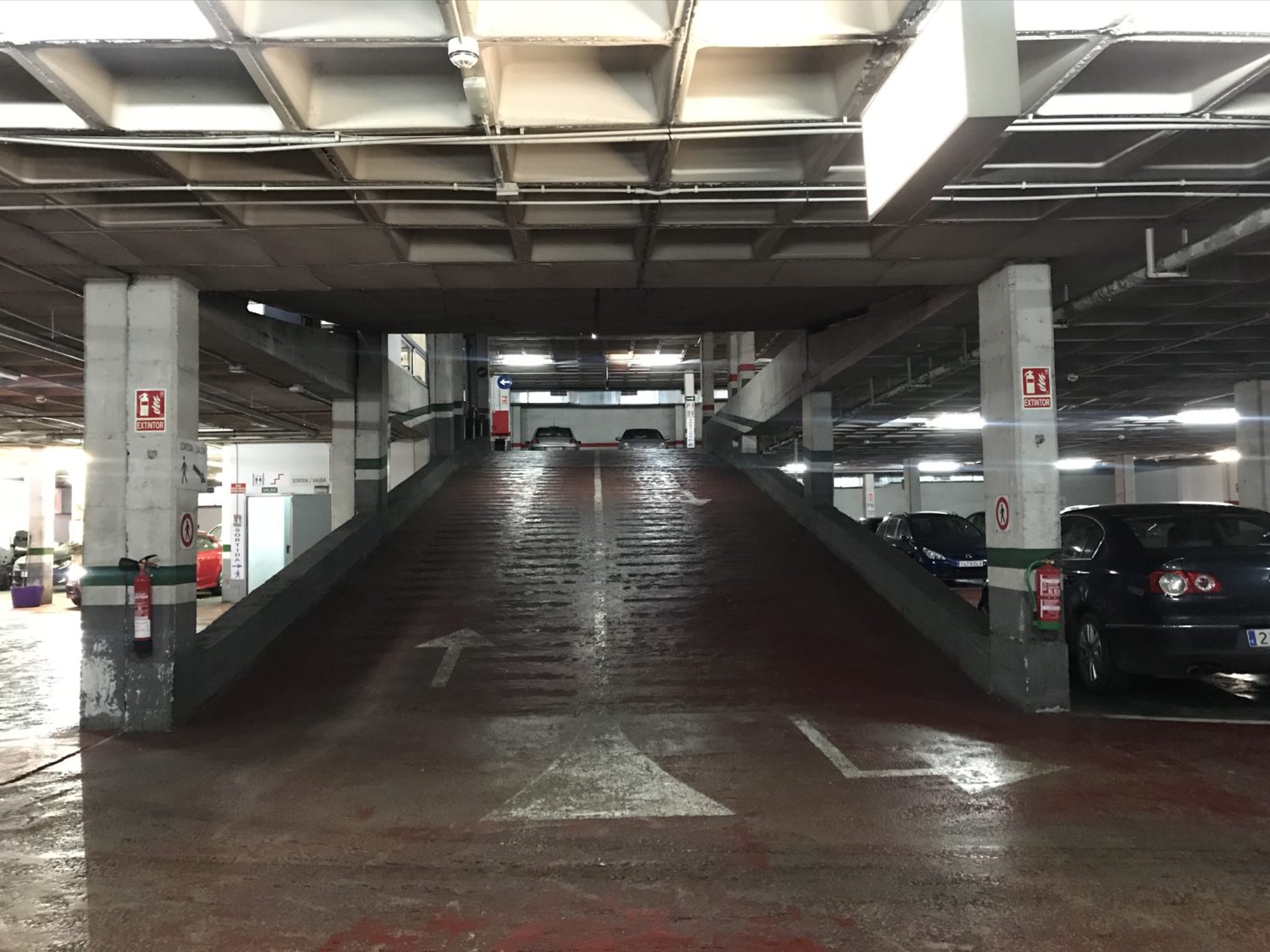The Catalan government, through its Department of Territory, approved a city plan to create 14,677 parking spaces.
This is intended to reduce car traffic in and around the city and help improve air quality.
The Department’s goal is to provide 102 new parking spaces near both train and bus stations at 81 locations throughout the city.
In this way, intermodal mobility between public transport and private vehicles can be promoted.
Pere Torres, director of the Metropolitan Transport Authority, ATM, said that by 2030 there will be a total of 26,082 deterrent points throughout Catalonia.
Urban Master Plan figures
The Urban Master Plan, PDU, contemplates the creation of 13,302 new parking spaces and the conversion of 1,375, which could double the current number of parking spaces (12,780).
Of the 102 new parking lots, 10 of them are located at bus stations, 28 at FGC stations and 64 at Renfe stations.
However, the municipalities of the central metropolitan area of Barcelona have been excluded, as well as the areas linked to the ports and El Prat Airport.
In total, 41 multi-storey parking lots will provide more than 300 parking spaces. 35 between 100 and 300 seats and 26 with less than 100 seats each.
The government estimates that just by reducing the use of private transport, it will save 23,741 tons of carbon dioxide emissions per year.
The point is that these measures aimed at creating parking spaces are strategies that can help improve air quality.
In this regard, a few days ago the Court of Justice of the European Union condemned Spain for systematically violating the common air quality standard in both Barcelona and Madrid since 2010.
Proof of this is that the metropolitan area of the Catalan capital has exceeded the safety limits for nitrogen dioxide on several occasions.
This pollutant is mainly associated with vehicles with internal combustion engines.
Parking spaces
The deterrent facilities accommodate all types of private vehicles and offer car or motorcycle sharing services, as well as bicycle and car rental.
They also have charging stations for electric vehicles, restaurant stores and lockers for storing electric scooters.
Regarding the buildings that can be constructed for parking lots, they must meet certain specifications, since their design must be consistent with the nearby urban environment. They will have to take into account the landscape and environmental conditions of the site.
The plan also contemplates environmental sustainability by considering aspects such as the use of permeable sidewalks, water conservation, renewable energies and selective wastewater collection.

